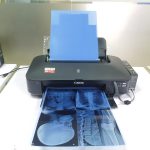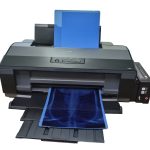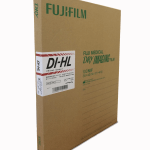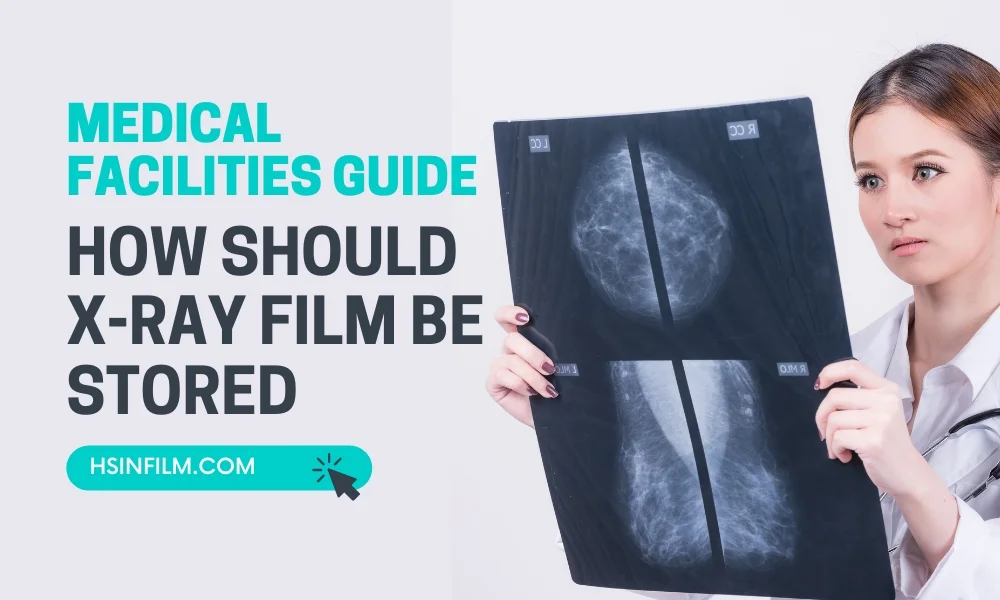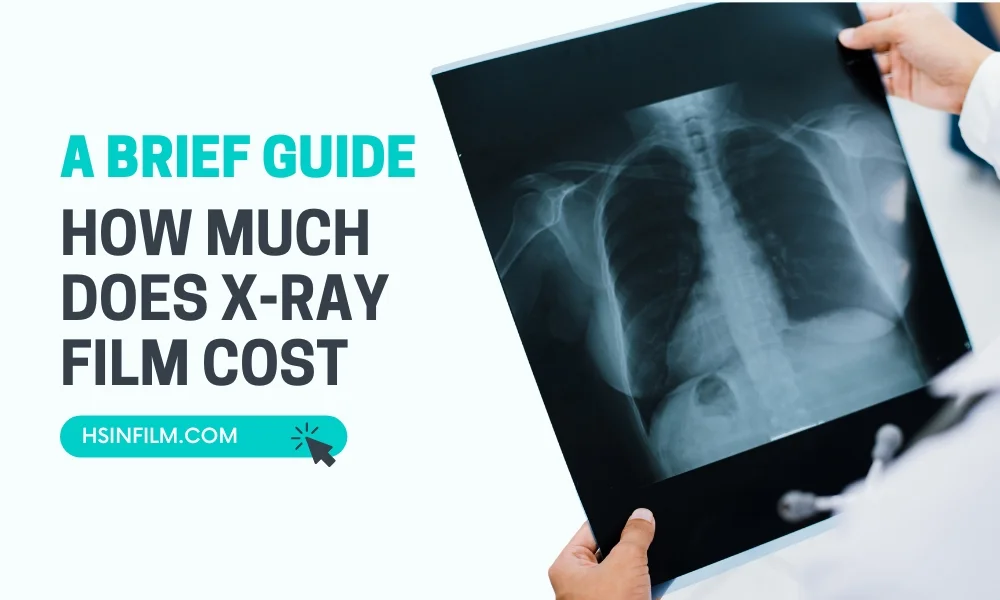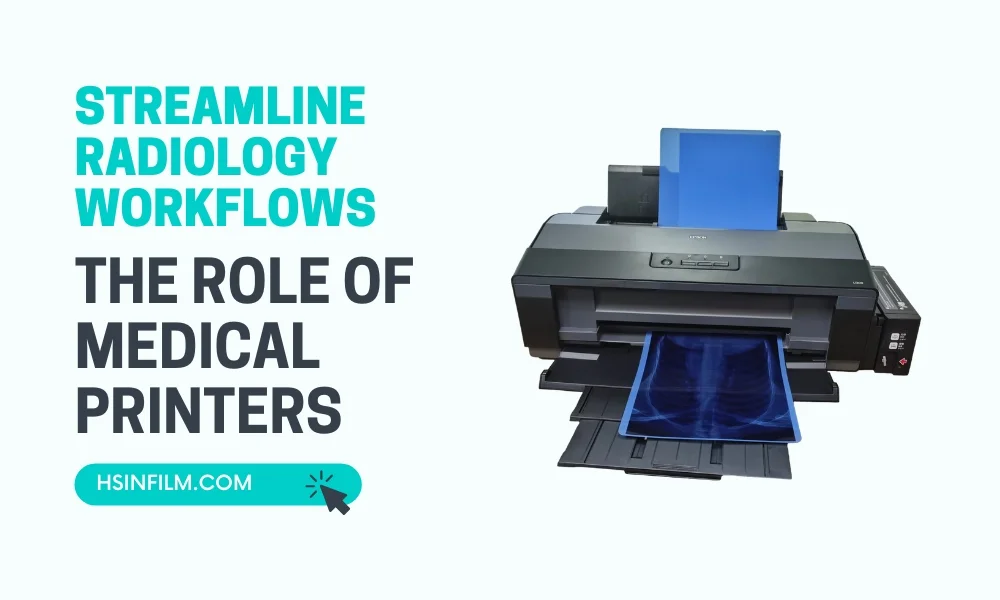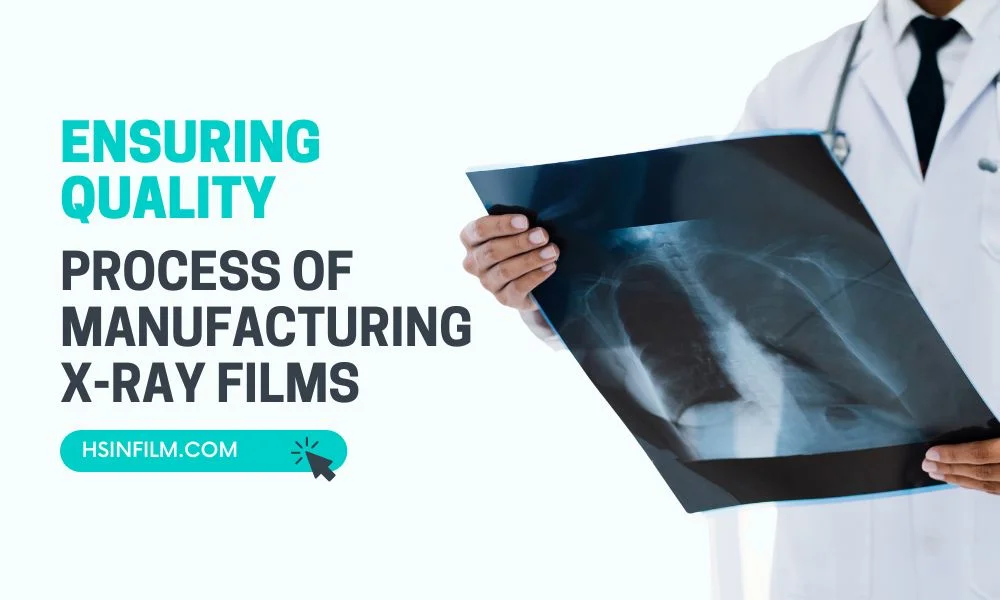Can Medical Laser Film Revolutionize Orthopedics for Clearer Diagnostics? Precision is everything in orthopedics. From diagnosing complex bone fractures to assessing joint conditions, the ability to see with absolute clarity is paramount. But what if there was a technology that could take orthopedic imaging to the next level? In this blog, we’ll explore how medical laser film and orthopedics form a dynamic partnership, providing exceptional clarity in the diagnosis of bone and joint conditions.
Table of Contents: Laser Film and Orthopedics
The Key Role of Imaging in Orthopedics
Orthopedics is the realm of bone and joint health, and diagnosing conditions accurately is the linchpin for effective treatment. The importance of clear imaging in orthopedics cannot be overstated. It’s akin to having a high-resolution map when navigating uncharted territory—the clearer the map, the better the journey.
Introduction to Medical Laser Film
Before we dive into the synergy of medical laser film and orthopedics, let’s understand the star of the show— medical laser film imaging. It’s like a high-definition camera for orthopedic imaging, capturing every detail with remarkable precision. But how does it work, and what sets it apart?
Also read: Patient-Centric Medical Laser Film: How Laser Imaging Enhances the Diagnostic Experience
Applications of Medical Laser Film in Orthopedics
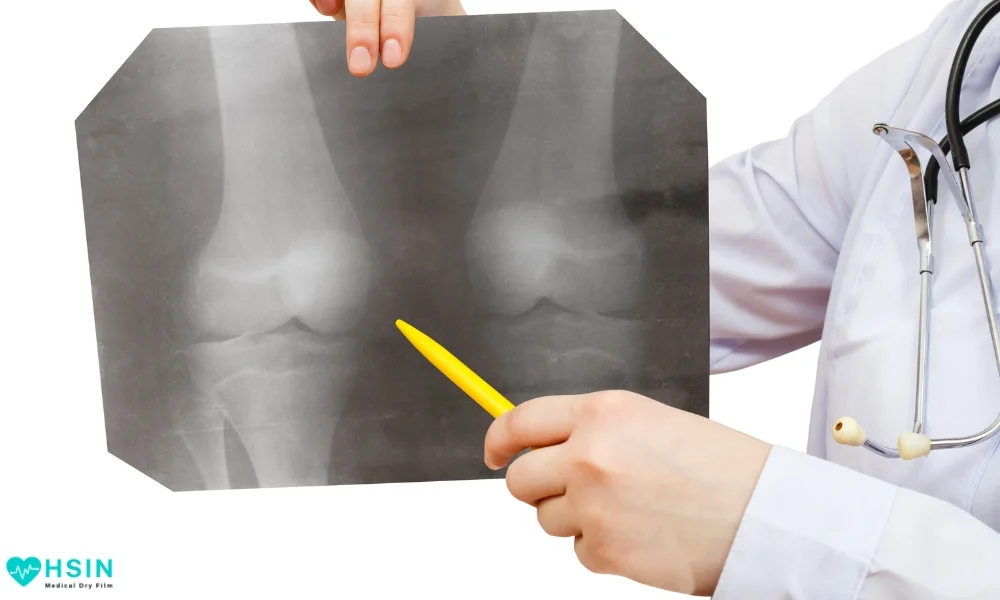
Medical laser film isn’t just another tool in the orthopedic toolkit; it’s a game-changer. It’s like having a pair of glasses that corrects your vision to 20/20. We’ll explore how laser film is used in orthopedics, from X-rays to MRIs, and how it elevates the clarity and accuracy of every image.
Unveiling the Clarity in Bone and Joint Diagnostics
The true beauty of medical laser film shines when we delve into bone and joint diagnostics. It’s like turning on a powerful spotlight in a dimly lit room. We’ll uncover how laser film enhances the visibility of these intricate structures, making it a vital tool in diagnosing conditions like fractures, arthritis, and more.
Reducing Patient Exposure to Radiation
Patient safety is a paramount concern in healthcare. Think of medical laser film as a shield that protects patients from excessive radiation exposure. It minimizes the need for retakes, ensuring that patients receive the clearest images with the least radiation necessary.
Advantages Over Traditional Film
Comparing medical laser film to traditional film-based imaging is like comparing a modern sports car to a horse-drawn carriage. We’ll delve into the elimination of chemical processing, faster image retrieval, and the overall superiority of laser film.
Real-Life Orthopedic Cases
To truly appreciate the impact of medical laser film in orthopedics, we’ll journey through real-life cases. It’s like hearing a heartfelt testimonial from someone who embarked on a life-changing adventure. These cases underscore the practical significance of clear imaging in orthopedics.
The Role of Laser Film in Orthopedic Surgery
Medical laser film doesn’t stop at diagnosis; it’s an essential player in orthopedic surgeries. It’s akin to the precision tools a surgeon uses, ensuring that every cut and placement is exact. We’ll discuss how it contributes to surgical planning and guidance.
Future Developments and Innovations
The synergy of medical laser film and orthopedics is an ever-evolving melody. Like a timeless piece of music, it’s open to innovation. We’ll peek into the future, exploring potential advancements and ongoing research in this dynamic field.
Training and Education for Orthopedic Professionals
The use of medical laser film extends beyond clinical practice—it’s a vital tool in educating the next generation of orthopedic professionals. Medical schools, residency programs, and continuing medical education courses rely on clear and accurate images to train orthopedic surgeons and radiologists. By incorporating medical laser film into educational settings, students gain exposure to the same technology they’ll use in their careers, ensuring a seamless transition to clinical practice. It fosters a deeper understanding of orthopedic imaging techniques and empowers future professionals to provide the highest level of patient care.
The Global Impact of Clear Orthopedic Imaging
The impact of medical laser film in orthopedics isn’t confined to a single region. It’s a global phenomenon, with orthopedic professionals around the world reaping the benefits of clearer diagnostics. Sharing success stories and advancements from various parts of the world highlights the universality of this technology. Whether it’s a rural clinic in Africa, a bustling hospital in Europe, or a cutting-edge facility in Asia, medical laser film is transforming the way orthopedic conditions are diagnosed and treated, creating a brighter future for patients worldwide.
Patient Testimonials: Stories of Clarity and Comfort
Patient testimonials offer valuable insights into the impact of medical laser film on their orthopedic diagnostic journey. These stories provide a human touch to the technology’s benefits, highlighting the difference in clarity and comfort they experienced during their diagnoses. Patients may share how a faster and more accurate diagnosis led to a better treatment plan, ultimately improving their quality of life. Personal anecdotes serve as a powerful testament to the significance of medical laser film in orthopedic care.
Addressing Challenges and Concerns
Like any advancement, medical laser film in orthopedics faces challenges and concerns. It’s essential to address potential limitations, such as cost implications and accessibility, and discuss how these challenges are being tackled. Additionally, considerations related to data security and patient privacy in the digital era are critical. Clear communication and transparency in addressing these issues are key to building trust among orthopedic professionals and patients.
Regulatory and Safety Standards
Maintaining high standards of patient safety and data security is paramount in orthopedic care. Discuss the regulatory and safety standards that govern the use of medical laser film in orthopedics. Highlight the certifications and protocols in place to ensure that patient information remains confidential and that the technology complies with the highest industry standards. Emphasize how these standards contribute to the reliability and trustworthiness of medical laser film in orthopedics.
Collaboration in Orthopedic Care
Orthopedic care is a collaborative effort. Orthopedic surgeons, radiologists, physiotherapists, and other specialists work together to ensure the best outcomes for patients. Medical laser film enhances communication and collaboration among these professionals. It enables them to share high-quality images, discuss cases, and develop treatment plans with precision and efficiency. By highlighting the role of medical laser film in this teamwork, you underscore its importance in delivering holistic orthopedic care.
Conclusion: Bringing Clarity to Orthopedics
As we conclude our journey through the partnership of medical laser film and orthopedics, one thing is clear—it’s a revolution in diagnostics. With unmatched precision and clarity, it’s a driving force in orthopedic care, enhancing patient outcomes and the practice of orthopedic professionals.
HSIN Film’s Solution
In the world of medical laser film, HSIN Film is at the forefront of quality. Their commitment to delivering top-tier laser film solutions has revolutionized orthopedics. With HSIN Film, the future of clear diagnostics is brighter than ever.
With medical laser film, orthopedics steps into a new era of clarity, accuracy, and safety. It’s the spotlight that reveals the intricate world of bones and joints, ensuring that every diagnosis is as clear as day. And with HSIN Film leading the way, the future is even more promising.
FAQ
1. What role does laser film play in orthopedic diagnostics?
Laser film is instrumental in orthopedic diagnostics, offering clear and precise imaging of bones, joints, and surrounding tissues, aiding in the detection and evaluation of fractures, degenerative conditions, and soft tissue injuries.
2. How does laser imaging technology enhance bone and joint diagnostics?
Laser imaging technology provides high-resolution images with exceptional detail and contrast, allowing orthopedic specialists to visualize subtle abnormalities, assess bone density, and accurately plan surgical interventions for optimal patient outcomes.
3. What are the advantages of using laser film in orthopedic imaging?
The advantages of using laser film in orthopedic imaging include superior image quality, reduced radiation exposure compared to traditional x-ray methods, shorter imaging times, and compatibility with digital systems for efficient storage and sharing of images.
4. Is laser imaging suitable for all types of orthopedic conditions?
Laser imaging is highly versatile and can be utilized for a wide range of orthopedic conditions, including fractures, arthritis, ligament injuries, spinal disorders, and sports-related injuries, providing valuable insights for diagnosis, treatment planning, and monitoring.
5. How does laser film contribute to surgical planning in orthopedics?
Laser film facilitates precise preoperative planning by enabling orthopedic surgeons to accurately assess the extent and severity of musculoskeletal conditions, identify optimal surgical approaches, and anticipate potential challenges during procedures.
6. What considerations should orthopedic practitioners keep in mind when incorporating laser imaging technology?
Orthopedic practitioners should consider factors such as equipment compatibility, staff training, patient positioning, image interpretation skills, and cost-effectiveness when incorporating laser imaging technology into their practice to ensure efficient and effective utilization.
7. Can laser imaging detect subtle bone and joint abnormalities not visible on traditional x-rays?
Yes, laser imaging has the capability to detect subtle bone and joint abnormalities that may not be visible on traditional x-rays, thanks to its superior resolution and contrast enhancement capabilities, leading to more accurate diagnoses and treatment decisions.
8. How does laser film contribute to patient care in orthopedics?
Laser film contributes to enhanced patient care in orthopedics by providing orthopedic specialists with the detailed information needed to formulate personalized treatment plans, minimize surgical risks, optimize postoperative outcomes, and improve overall patient satisfaction.
9. Are there any ongoing advancements in laser film technology for orthopedic applications?
Ongoing advancements in laser film technology for orthopedic applications include improvements in image resolution, development of specialized imaging protocols for specific orthopedic conditions, integration with artificial intelligence for automated analysis, and enhanced ergonomic design for improved patient comfort.
10. How does laser imaging impact the future of orthopedic diagnostics and treatment?
Laser imaging holds promise for revolutionizing orthopedic diagnostics and treatment by providing orthopedic practitioners with advanced tools to accurately diagnose conditions, tailor treatment strategies to individual patient needs, and achieve optimal clinical outcomes in bone and joint health.


